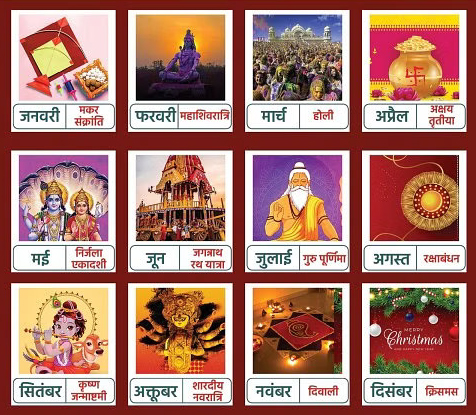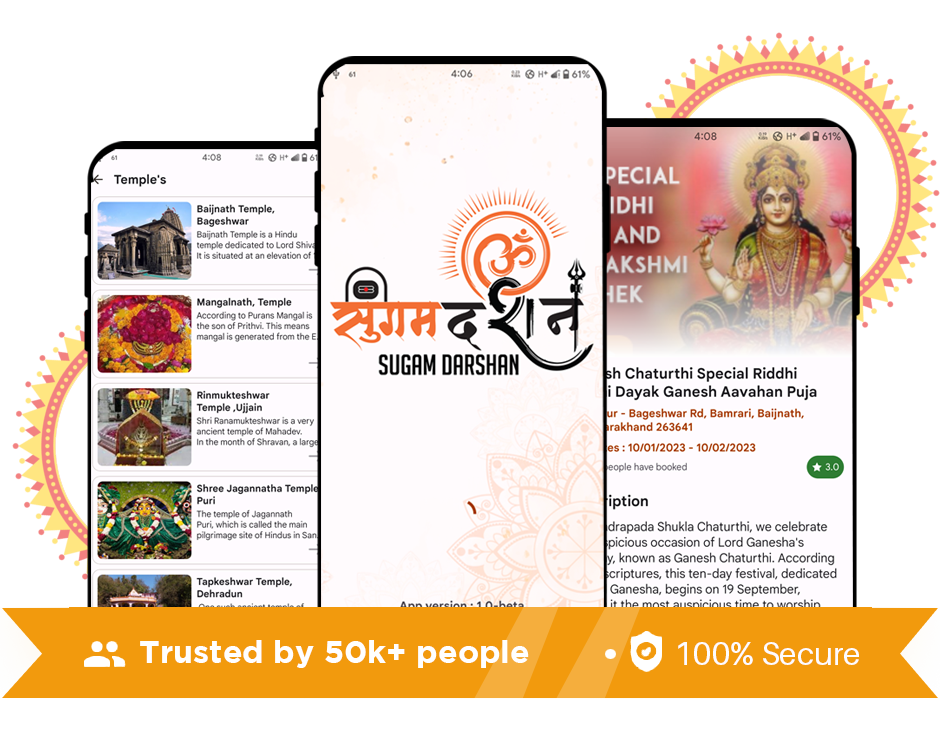Photo Gallery
 03.png)
 04.png)
 05.png)
 06.png)
 07.png)


 03.png)
 04.png)
 05.png)
 06.png)
 07.png)

Book Puja in 1000+ famous temples in the name of you and your family sitting at home. Get Video of Puja and Prasad with Divine Grace.

Offer pujas, watch darshan & receive holy prasad at your home from most auspicious temples across India.


